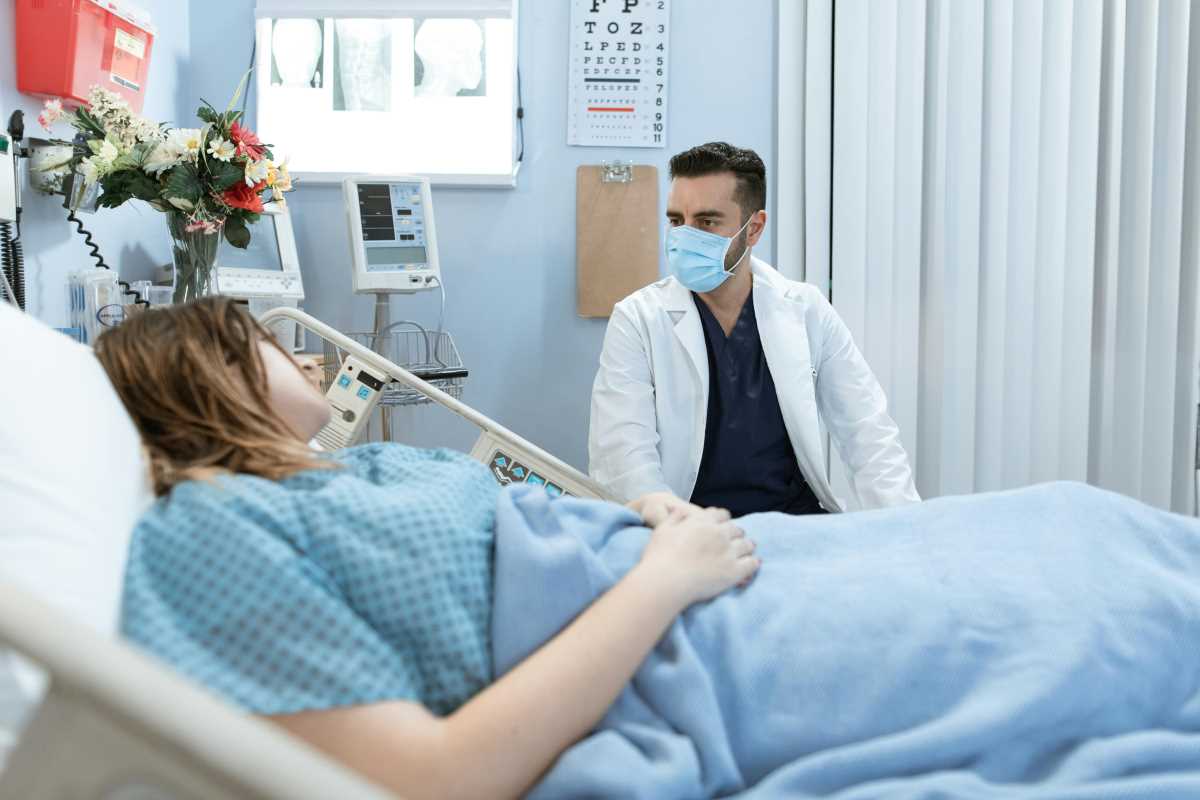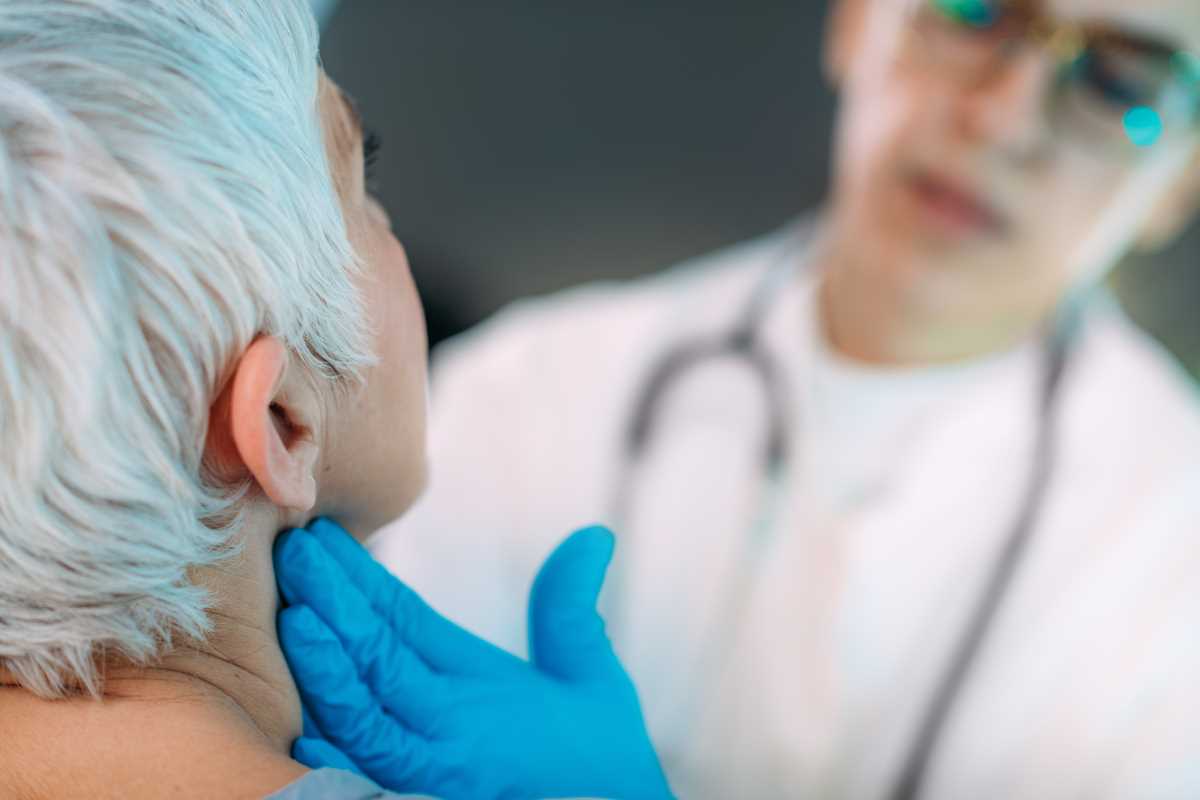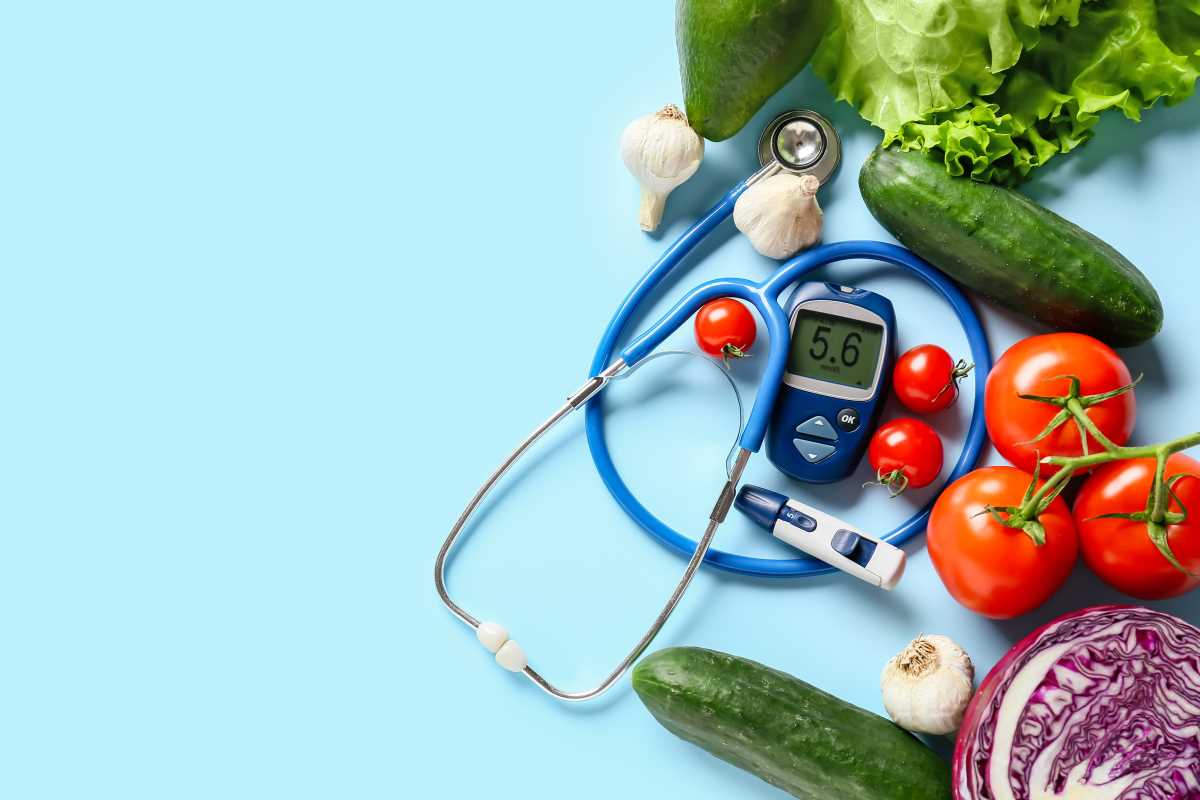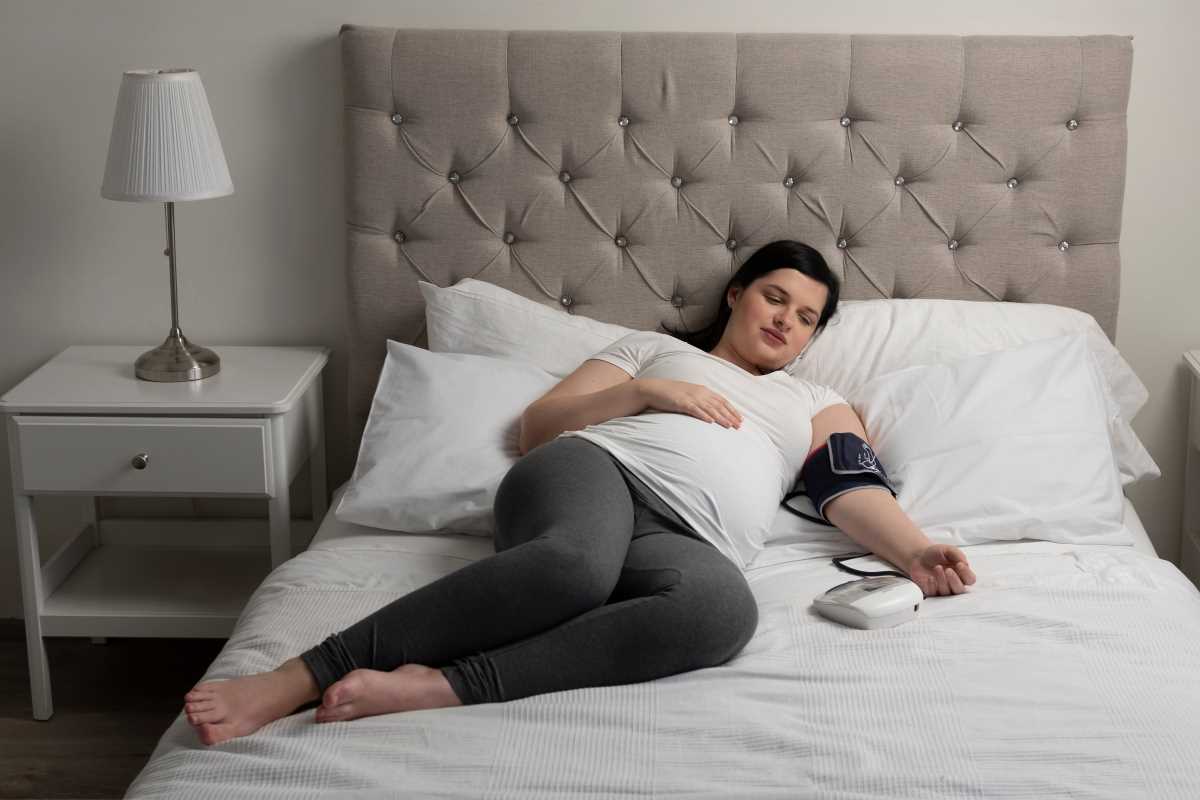Type 2 diabetes often develops gradually, with early symptoms that can be easy to miss or dismiss as unrelated. This condition affects how your body processes blood sugar, leading to energy imbalances and potentially serious health issues. Recognizing early warning signs is important for catching the condition before it progresses and impacts other areas of your health. Knowing what to look for helps you take proactive steps to manage your health. We're going to explain the early signs of type 2 diabetes, what they might mean, and when to see a healthcare provider for evaluation. Seek medical attention if you think you may have type 2 diabetes.
1. Increased Thirst
Constant thirst that doesn’t go away after drinking water could indicate high blood sugar levels. Your body tries to flush out excess glucose through frequent urination, which in turn leads to dehydration and thirst.
- What many notice first: Feeling thirsty throughout the day, regardless of how much water you consume.
- Why it matters: Persistent thirst, combined with other symptoms, is an early signal of how your body struggles to process sugar properly.
2. Frequent Urination
Frequent trips to the bathroom can raise a red flag. High sugar levels cause your kidneys to work overtime, producing more urine to remove excess glucose.
- How it feels: Waking up multiple times at night to urinate or constantly needing a bathroom nearby.
- What’s happening: Overworking the kidneys is your body’s way of compensating, but it points to potential imbalances in blood sugar regulation.
3. Unexplained Weight Loss
Unexpected weight loss, even without changes to your diet or exercise routine, might signal a problem. When your body can’t use sugar for energy, it starts breaking down fat and muscle instead.
- What to notice: Pounds coming off quickly, despite eating normally or even more than usual.
- Why this occurs: The lack of insulin function leaves your body searching for alternate energy sources, leading to this noticeable change.
4. Fatigue
Feeling constantly tired, no matter how much you rest, often accompanies early type 2 diabetes. Your body’s inability to properly use glucose for energy leaves you feeling drained.
- What it feels like: Low energy throughout the day, difficulty concentrating, or needing frequent breaks to recharge.
- What it indicates: Fatigue arises as a direct result of imbalanced sugar processing, affecting muscle and brain function.
5. Increased Hunger
An unusual increase in appetite, especially cravings for sugary or carb-heavy foods, can be another signal. High blood sugar prevents glucose from entering cells, leaving you feeling hungry even after meals.
- What stands out: Feeling hungry shortly after eating a full meal or frequently craving snacks despite not being physically active.
- Why it matters: This cycle of overeating adds to the sugar imbalance, making symptoms worse over time if left unchecked.
6. Blurry Vision
Sudden changes in vision or difficulty focusing can develop early in type 2 diabetes. High blood sugar changes the fluid levels in your eyes, affecting your ability to see clearly.
- What it looks like: Objects appearing out of focus, difficulty reading small print, or needing to squint more than usual.
- What it means: Vision changes are often temporary in the early stages but can become permanent without treatment to lower blood sugar levels.
7. Slow-Healing Cuts and Bruises
Wounds or bruises taking longer to heal could be a warning sign. High blood sugar affects circulation and reduces your body’s ability to repair itself efficiently.
- What happens: Minor scrapes or injuries linger for weeks without noticeable progress in healing. Bruises may also take longer to fade than usual.
- What’s causing it: Poor blood flow and weakened immune responses, both tied to elevated glucose levels, slow down recovery.
8. Tingling or Numbness in Hands and Feet
Nerve damage, known as diabetic neuropathy, can start early in type 2 diabetes. High blood sugar damages the small nerves in your hands and feet, leading to unusual sensations.
- What you might feel: Pins-and-needles sensations, numbness, or slight burning in your toes, fingers, or other extremities.
- Why it’s a concern: Neuropathy gets worse over time, so spotting it early allows for treatment to prevent further damage.
9. Darkened Skin Patches
Velvety or darker skin patches appearing around the neck, armpits, or other creases might signal insulin resistance, a precursor to type 2 diabetes. This condition is known as acanthosis nigricans.
- What it looks like: Patches of skin that appear slightly thicker or darker than the surrounding areas. It may also feel soft to the touch.
- Why it happens: Insulin resistance causes changes in skin cells, making this one of the more visually noticeable signs.
10. Frequent Yeast or Skin Infections
Recurrent infections, particularly yeast infections, could point to higher glucose levels. Excess sugar provides a favorable environment for bacteria and fungi to grow.
- What’s common: Persistent skin irritation, rashes, or frequent yeast infections in areas like the mouth or genitals.
- What’s happening: Fungal infections thrive in sugary environments, making blood sugar control essential to minimizing these symptoms.
When to Seek Medical Help
Early detection of type 2 diabetes can prevent complications and improve quality of life. Meeting with a doctor is important if you experience one or more of these symptoms for weeks without improvement. A healthcare provider can perform blood sugar tests, such as fasting glucose or A1C tests, to confirm or rule out diabetes.
Symptoms like unexplained weight loss, fatigue, or vision changes deserve prompt attention. Don’t wait until symptoms worsen or combine, as this increases the risk of long-term complications. Call your healthcare provider to schedule an evaluation if you’re concerned about your symptoms.
 (Image via
(Image via





